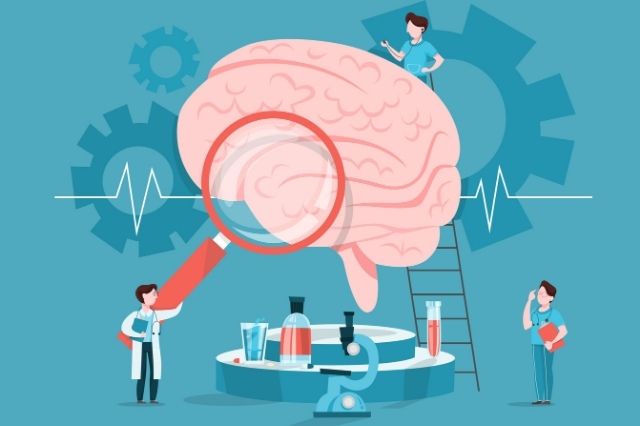Handling the effects of a TBI will vary based on the severity of the damage. The symptoms may show immediately or be delayed, building overtime after an accident. For those who can work toward healing the brain and gaining function back slowly with effort, there a few things they can do. For some sufferers, there are non-invasive ways to treat a traumatic brain injury that may help an individual regain independence and control.
Rest and Hydration
As we know, even without a traumatic brain injury, rest and hydration can do wonders for our brain functionality. This is no less true when attempting to treat a TBI. As you work to heal from your trauma, be sure that you are giving your body what it needs to produce energy, build memory, and rest. Get adequate sleep, rest when you can, don’t push yourself harder than your thresholds, and stay hydrated to keep things circulating and your body and mind healthy.
Brain Healthy Foods
To promote development and healing, focus on eating foods that are good for your brain and memory. A few of these foods include blueberries, fatty fish, coffee, turmeric, broccoli, pumpkin seeds, dark chocolate, and nuts. Implementing these into your diet will work to boost brain function, healing, and memory. Look for things rich in omega-3 fatty acids and DHA (Docosahexaenoic acid). DHA is a primary structural component of the brain, cerebral cortex, skin, and even our retinas.
Good Practices
Additionally, as you work to strengthen your brain and memory, it’s important that you’re not working against your possible progress. Avoid alcohol and drug use as they alter your mind, contribute to memory loss, stimulate your brain in a conflicting way, put toxins into your blood flow, and cause dehydration. This is counterproductive when trying to heal.
Strength Building
One of the best ways to build strength while still having fun and taking it easy is equine therapy (horseback riding therapy). When re-developing strength, flexibility, balance, and working on brain stimulation, this type of therapy is incredibly beneficial. It not only helps the body move with the horse’s walking gait, which is similar to that of a human, but it stimulates the brain. Engaging in equine or hippotherapy activates thousands of muscles at once—from obvious physical aspects to speech therapy and mobility assistance.
When it comes to damage to the brain, there are no guarantees. However, using non-invasive ways to treat a traumatic brain injury should lend strength and healing to different areas of the body. Rehabilitation—when possible—takes work. All you can do is try and feed the brain the nutrients it needs and stimulate it to see what it can do.



